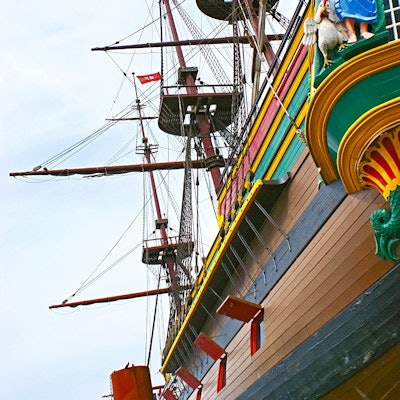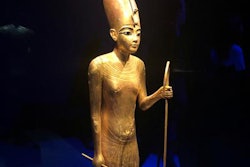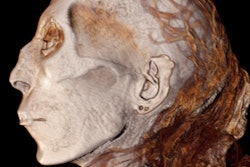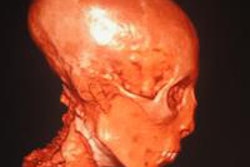
Archaeologists will use the latest x-ray equipment to evaluate thousands of objects recovered from the wreckage of the Rooswijk, a Dutch East India Company vessel that sank off the coast of Kent, U.K., in January 1740, according to an article posted on 30 June by Brinkwire.
The Anglo-Dutch team will get a better look at the antiquities found among the wreckage of the ship thanks to a grant from the Wolfson Foundation. The grant of 150,000 pounds (166,336 euros) will be used to upgrade the power and resolution of the equipment at Historic England's walk-in x-ray facility for scientific and archaeological analysis at Fort Cumberland, Portsmouth. These objects will be scanned after the renovations are completed.
Originally destined for Batavia (modern-day Jakarta, Indonesia) the Rooswijk sank around 8 kilometres off the coast on its second voyage to the East, with none of its believed 237-strong crew surviving the accident.The wreck was discovered at a depth of 24 meters by an amateur diver in 2004. Human remains, bars of silver, coins, ingots, wooden chests, a brass wine pot, and other items were recovered between 2005 and 2018.
The upgrade of x-ray equipment is part of a collaboration between Historic England and Rijksdienst voor het Cultureel Erfgoed, the Netherlands’ cultural heritage agency. Many of the items recovered from the wreckage are covered with hard concretions of matter that will require the extra power of the new equipment to be successfully scanned, according to the report.
The investment will place Historic England at the forefront of heritage radiography for many years to come, noted the organization's head Duncan Wilson. The equipment will be used to analyze, conserve, and better understand many more objects recovered from historic shipwrecks or excavated from archaeological sites, he added.




















